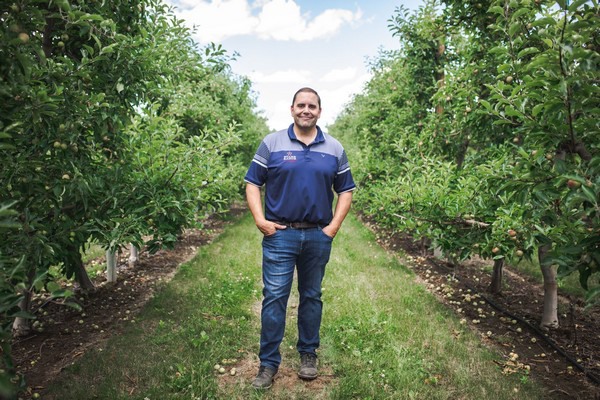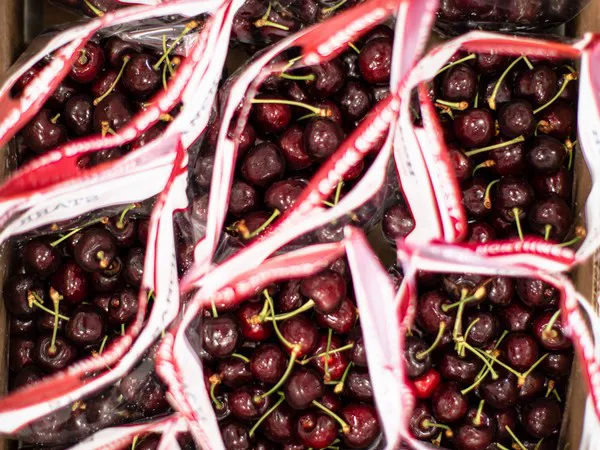Supplies of cherries from the Pacific Northwest are tight this season.
Dan Davis of Starr Ranch Growers in Wenatchee, WA notes that Starr is approximately midway through its cherry season. “And we’re unfortunately grossly under-supplied,” he says. “We had a spring frost during bloom that damaged a large portion of the crop and then we had several other weather events.”
He adds that overall supplies are sitting at approximately 50 percent of the original forecasted crop. “Compared to last year we’ll be about 2/3 of the production--it should have been significantly larger. We added a second cherry partner that we represent this season which meant we would have had substantial growth,” says Davis.
 Brett Reasor, Chief Executive Officer of Starr Ranch Growers
Brett Reasor, Chief Executive Officer of Starr Ranch Growers
He notes that in Washington State, supplies are coming from the Yakima Valley, Quincy and some early varieties from the Hood River Valley.
Lower pack outs
The challenging season has also affected the pack out rate. “As we get deeper into the season, the sizing has improved and the fruit size that we’re packing is excellent. But with the rain, we’ve had some difficulty with the fruit coming out of the orchards,” says Davis. “All of our facilities have optical sizing, so what we’re able to produce for a retail graded pack is still very very good. But pack out percentages from the field into the warehouse are down. We would normally be in a 90 percent or so pack out with what comes in from the field and now we’re hovering in the low to mid 70s.”

At the same time, demand has been strong for cherries—stronger than last year at this time. “It’s surprising. Consumers are eating more at home and are treating themselves in other ways by eating some more of these summer fruits,” says Davis. “But it’s been a tricky season to plot from the get-go—with bloom happening in March-April and this COVID climate to wondering what demand from retail and consumers will be. But demand has been outstanding.”
Early end
With shorter supplies and stronger demand though, the season, which generally wraps up in the middle of August, will likely finish a week earlier around August 5th.
Not surprisingly, pricing has been strong on cherries. “It’s probably 50 percent stronger than last year at this time. Retailers have responded well and been understanding around the changing economic dynamic,” says Davis, adding that pricing started out strong but moved up over the season. He does note that the growers will likely finish in the same net situation because of that lack of production. “They were looking at eight to 10-ton crops per acre and they’re now looking at two to four-ton crops,” he says. “While the pricing is good, that’s just not enough yield for these orchards to really make any headway.”

Looking ahead, the season hit peak between July 8-11th and then production should start pulling back a bit. “We’ll maintain sustainable volumes—not huge volumes,” says Davis. “There is also not much promotional activity happening because there aren’t enough cherries to sustain it. But I think we’ll keep people supplied with quality cherries throughout July.”
For more information:
Dan Davis
Starr Ranch Growers
Tel: +1 (509) 961-1919
dand@starranch.com
http://www.starranch.com/
